Looking at the Whitby International North Marathon for only $50 registration. Only issue to making this my "A" race is it's in its first year and e-Load is given instead of Gatorade. I'll probably lean towards Ottawa or Mississauga (again).
Interesting article in the current Canadian Running Magazine by Ruth Childs, prof at OISE/UT.
Have you ever wondered how accurate runners are at predicting their race times? By the fourth kilometre of Ottawa’s MDS Nordion 10K in May, after passing what seemed like hundreds of other runners, I had started to suspect that we vary a lot in how optimistic we are when picking a start corral. In my non-running life, I do research, so as soon as the race results were articled, I crunched some of the numbers.
In a perfect world, where the sun always shines (but is not too hot) and blisters never happen, we would all be able to accurately predict our times. If we each picked the right corral, no one would waste precious seconds weaving around much slower runners ahead and we all could concentrate on racing against others with a similar pace. In theory, we would all minimize our chip times. Runners are a complicated lot, though. It’s a mind game: If we line up with a faster group, will that make us run faster? If we line up with a slower group and pass a lot of other runners, will that spur us on? If we tell ourselves we can run a 50-minute pace, will that make it so?
So, what do the analyses show? My question was: Did runners cross the starting line and the finish line in the same order? Some 8,345 runners completed the race, 68 of whom crossed the starting line right at the gun, but the average runner crossed almost four minutes later. If a runner, for example, was the 1,000th to cross the starting line, but the 2,000th to cross the finish line, then they were passed by a net of 1,000 runners along the way (that is, they were passed by 1,000 more runner than they passed), suggesting they were too optimistic, or at least unlucky, in the race. Runners with the opposite pattern were too pessimistic. In this race, the most optimistic runner was passed by 8,328 others. The most pessimistic runner passed 6,244 other runners. Overall, almost 40 per cent of the runners had a net difference of more than 1,000.
So, who is most optimistic? Overall, female runners. On average, they were passed by 220 other runners, while male runners passed 294 runners. And age makes a difference too. Male runners 60 and older were overly optimistic (they were passed by 393 other runners). Female runners 25 to 29 were a bit pessimistic, but were the most accurate group, passing only 16 other runners. The next most accurate group was male runners 55 to 59, who passed only 60 other runners.
Averages, of course, don’t tell the whole story. The average runner in my group (females 40 to 44) was passed by 372 other runners. In the end, I was the 4,650th runner to cross the start line and the 3,267th to cross the finish line, so I passed 1,383 other runners along the way (I knew it seemed like a lot). It was a beautiful day for a run - I only wish I had been more optimistic.




















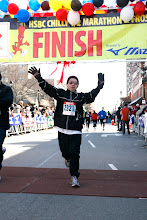
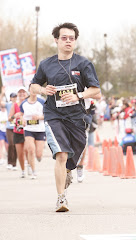
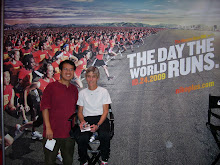

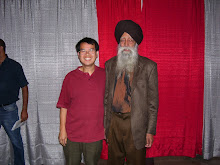


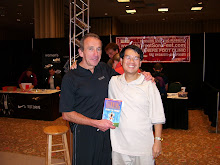
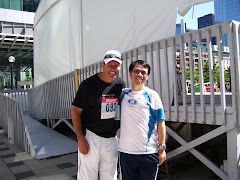

No comments:
Post a Comment